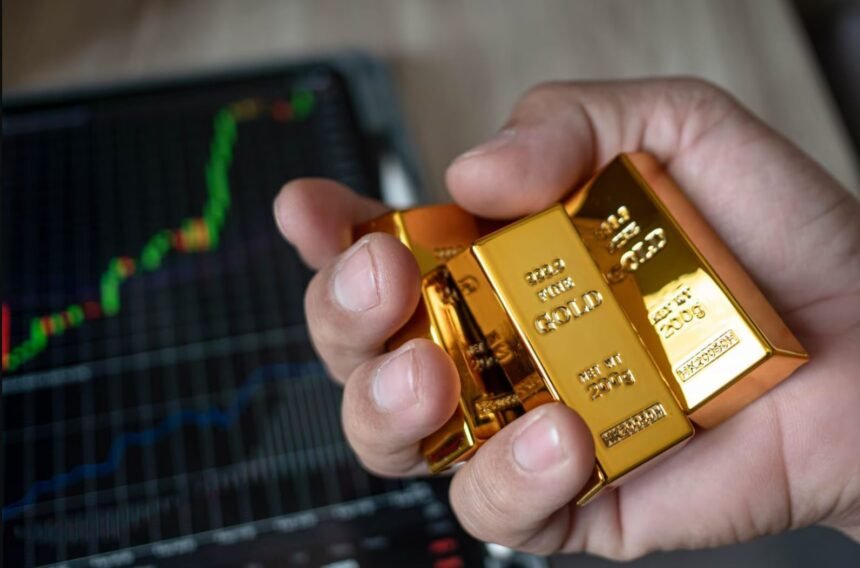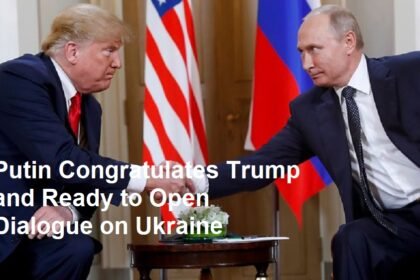In a significant development in international financial markets, gold prices have breached the $2,900 mark for the first time, a phenomenon attributed to escalating economic uncertainties exacerbated by geopolitical tensions. This surge in gold prices comes on the heels of former President Donald Trump’s announcement regarding potential new tariffs, which has further heightened investor apprehension.
Historically, gold has been regarded as a safe-haven asset, particularly during periods of economic instability and inflation. The recent price movement reflects a growing consensus among investors who are gravitating towards gold as a hedge against currency devaluation and market volatility. The announcement by Trump, who has consistently championed tariffs as a mechanism for domestic economic protection, has been met with skepticism and concern. Investors are wary that new tariffs could hamper global trade, leading to a contraction in economic growth.
The implications of these tariffs are multi-faceted. Increased tariffs may lead to higher costs for imported goods, which, in turn, could fuel inflationary pressures within the domestic economy. As consumers face rising prices, the purchasing power of the dollar may diminish, prompting investors to seek refuge in gold, traditionally regarded as a stable store of value. This flight to safety has been manifested in the recent price surge, with gold increasingly perceived as a strategic asset in uncertain times.
Moreover, the global economic landscape is already fraught with challenges, including lingering supply chain disruptions, labor shortages, and ongoing effects from the COVID-19 pandemic. These factors further compound the anxiety surrounding economic recovery and stability. As central banks across the world navigate the complexities of post-pandemic recovery, the prospect of rising interest rates has created additional apprehension. In such an environment, gold not only operates as a hedge against inflation but also as a safeguard against potential declines in stock market performance.
Financial analysts suggest that the recent climb in gold prices is indicative not simply of market sentiment but also of substantial underlying economic challenges that warrant attention. The interplay between domestic policy decisions, such as those proposed by Trump, and global economic conditions creates a precarious setting for investors. The sensitivity of gold prices to these developments reinforces its role as a barometer of investor confidence.
As the situation continues to evolve, market participants will be closely monitoring the responses of the Federal Reserve and other central banks to any shifts in fiscal policy instigated by new tariffs. Any movements in monetary policy will likely have far-reaching implications on interest rates, inflation, and, consequently, the GOLD market.
In conclusion, the breach of the $2,900 threshold for gold underscores a pervasive sense of uncertainty in the financial markets, driven by both domestic political developments and global economic challenges. Investors are increasingly seeking safety in gold amidst fears of rising inflation and economic instability exacerbated by potential tariff implementations. As geopolitical factors continue to unfold, the dynamics surrounding gold prices will remain a critical area of focus for stakeholders in the global economy. The recent upward trend in gold not only reflects current market realities but also acts as a harbinger of strategic financial decision-making in uncertain times ahead.












